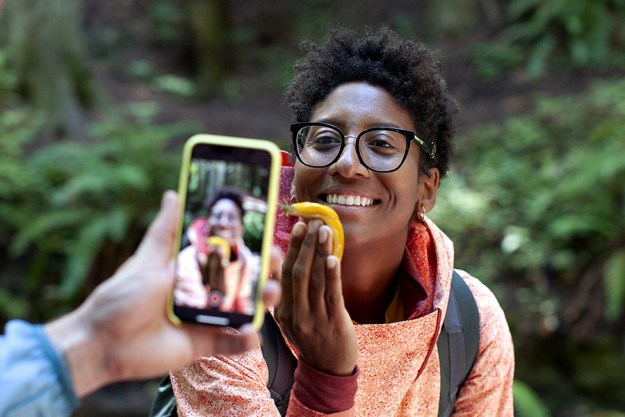A new artificial intelligence program can pick up on the early signs of depression before humans (and even humans who are general practitioners) can — and just by using Instagram. A team of researchers from Harvard and the University of Vermont recently developed a machine learning program that correctly identified which Instagram users were clinically depressed with 70 percent accuracy.
In a study published on Aug. 10 from Andrew G. Reece and Christopher M. Danforth, the group applied the machine learning platform to 166 Instagram profiles containing 43,950 photos. The system uses markers to detect if Instagramers are depressed, analyzing aspects like color, metadata, and face detection.
“Using only photographic details, such as color and brightness,” the study says, “our statistical model was able to predict which study participants suffered from depression, and performed better than the rate at which unassisted general practitioners typically perform during in-person patient assessment.” Based on 118 earlier studies, the researchers found that general practitioners only correctly diagnosed depression 42 percent of the time.
While other studies have shown how written information from social media can be used to predict psychiatric disorders, the group says that earlier research failed to incorporate visual posts.
Using earlier studies, the group taught the computer system to identify markers for depression. For example, since earlier research showed that depressed individuals preferred darker, grayer colors, the program analyzed color as one factor, including the role that Instagram’s filters play on those colors.
The program also considered factors like how often users post, since depression often correlates with reduced social activity. In addition, the system also counted the number of people in the image using face detection and also factored in the number of likes and comments each photo received.
Photos posted from depressed Instagramers were more likely to get comments, but less likely to receive likes. The study participants with a depression diagnosis were more likely to use no filters at all, and when they did, often favored the Inkwell filter. And while depressed individuals were more likely to show faces in their posts, they often had fewer faces in each image compared to other users.
To see how well the average person is able to pick up on signs of depression using only Instagram photos, the researchers also had a group of people rate each photograph. The participants didn’t know they were looking at Instagram photos, and didn’t know that the study was being conducted on depression. The researchers asked each person to rate the image from 1-5 in four categories: happy, sad, likability and interestingness. The ratings for happy and sad tended to correspond with the images shot by individuals diagnosed with depression, while the other ratings, including “likability” and “interestingness,” did not.
The researchers also took the same machine learning program and applied it to only the posts that were dated before the individual was diagnosed. Using earlier photos, the programs was still able to accurately predict which users were depressed more than half the time.
While the findings look promising, the study’s authors also noted that the program has some shortcomings, saying that the information shouldn’t be taken as “enduring facts” but as a “methodological foundation upon which to build and refine subsequent models.” For starters, 43 percent of the initial participants refused to give their Instagram information, due to privacy concerns. Another issue is that social media trends will change over time, and such a machine learning program would need to be continually updated, the researchers said.
Editors' Recommendations
- Apple’s ChatGPT rival may automatically write code for you
- Get ready to waste your day with this creepily accurate text-generating A.I.


